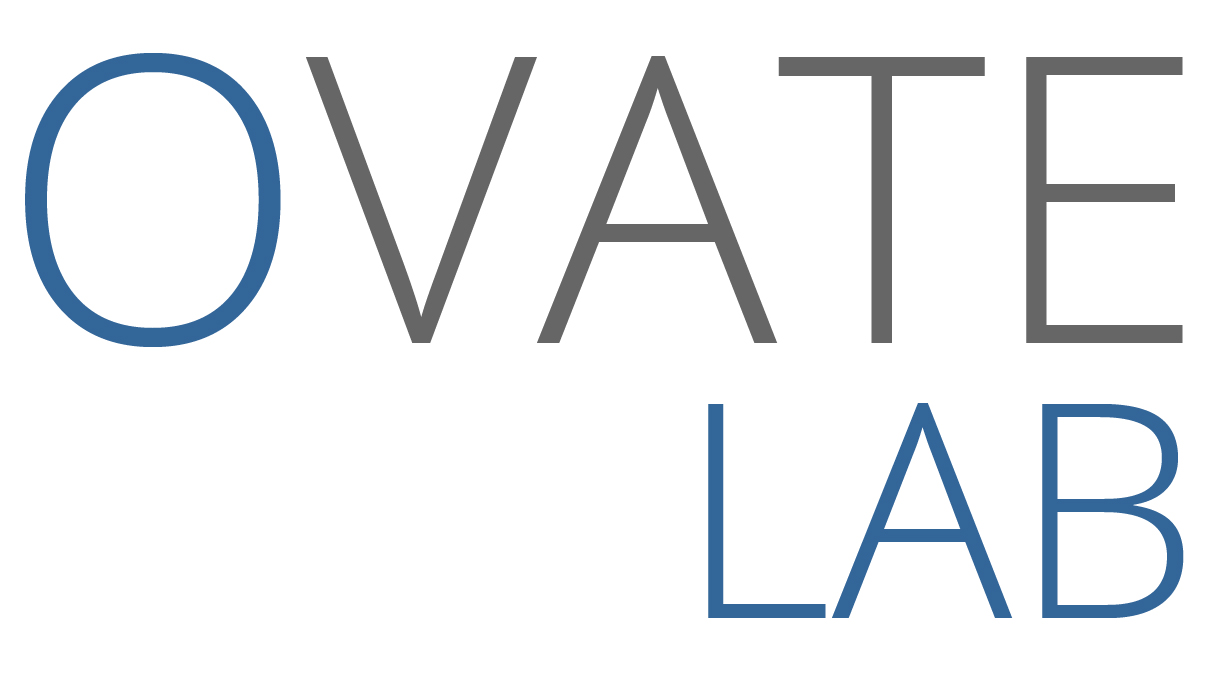The value of QA and Test teams has always been an interesting topic, especially when project timelines are under threat. More often than not the criteria for exit is relaxed in order to display progress and products and services that are ‘good enough’. So what does this mean for project governance and exit gates?
The short answer is that at the beginning of a project, the initial set-up will look to resuse strategy and internal governance policy to set the tone for the project. Is this the correct approach? Is your project geared up to entertain regular gate meetings and the associated time spent preparing the PowerPoint slides and metrics to provide a group of stakeholders perceived confidence that the project is on track, and where it isn’t mitigation steps are in place.
If the answer is yes, then great, especially if you work in a regulatory industry with regular audits, demonstrating this sort of diligence and audit trail will ensure that requirements are easily satisfied and the annual or bi-annual audits are an efficient process. However, if the answer is no, that your project is not geared up to support these gate meetings, then there is a real chance that they become an unwelcome distraction and lead to more effort expended to try and retrofit a set of metrics to the criteria outlined by the exit gate.
The latter is not a healthy position to be in, as the metric collation becomes subjective, as it will more than likely be one person who trawls the management tools, downloading information to Excel to create a metric that can be explained. This problem is multiplied when things go wrong on a project. If exit criteria are unachievable due to delays or quality, the effectiveness of an exit gate comes under question. What are the realistic chances of the gate committee calling a halt to the programme? Material and abject failure to deliver repeatedly are likely the only scenarios this would happen. Therefore we enter the ‘special measures’ zone, whereby conditions are imposed for gate exit, which result in repeats of the gate meetings with updated metrics, change in project timeline and more worryingly, the relaxing of quality measures to allow progress and to ‘catch-up’ later. It is this point that prompted the writing of this post. If we reduce the quality measure, then what is the effectiveness of the Exit gate?
This brings in to question the relevance of the defined exit/quality criteria. If they can be readily reduced, then were they the correct measures in the first place? Having an exit criteria related to number of defects, ranked by priority is a very black and white measure. Yet, in times of trouble it is these measures that are questioned, and compromises are sort to achieve conditional acceptance.
Is there another way? Fundamentally it comes down to the old adage of “fail to prepare, prepare to fail”. By this, I am talking about the start of the project, the start of the governance process. Have the project team reviewed sample gate requirements to ensure that they are valid to the programme? Have compromises been discussed and agreed where requirements are not valid? Has the mechanism for reporting been agreed, have these requests been clearly understood, and are the programme team happy that the metrics can be clearly and easily captured from the available tool sets?
What about mitigation? Have the project team discussed mitigation channels? What is an acceptable compromise position over time? Can we agree high level positions to make sure that the exit gates are not devalued, and provide the level of governance and confidence they are designed to achieve?

Some may argue that discussing mitigation plans at inception is negative and lacks confidence in delivery; on the contrary, I believe this shows an increased level of due diligence that allows the programme team the ability to deliver confidence that situations are under control. All projects experience challenges, what we are saying here is that up front negotiation, provides flexibility to the Programme and provides confidence to stakeholders that due process has been followed, and the exit gate remains a valuable benchmarking tool.
Agreeing the approach up front, should reduce the need for retrofitting process during challenging times, reduces the need for discussion and ‘selling’ of a compromise position, so long as the programme remain within the agreed flexible boundaries the stakeholders can build faith in the delivery, as the facts are presented consistently and aligned to agreed flex terms.
This is obviously not a silver bullet, and as outlined it is not planning for failure. There will always be outliers to approaches that need additional thought process, but agreeing boundaries up front should at least remove some pressure, to enable the project team to focus on getting the project back on track and enable the exit gate to remain a value item on the deliverable list.
For more information about Project Governance, and how Ovate can assist, please get in touch enquiries@ovate.co.uk




